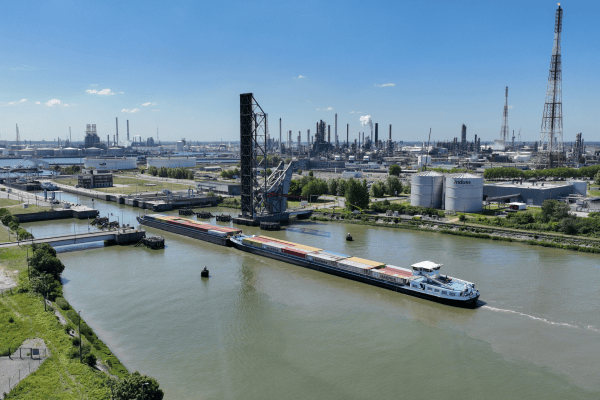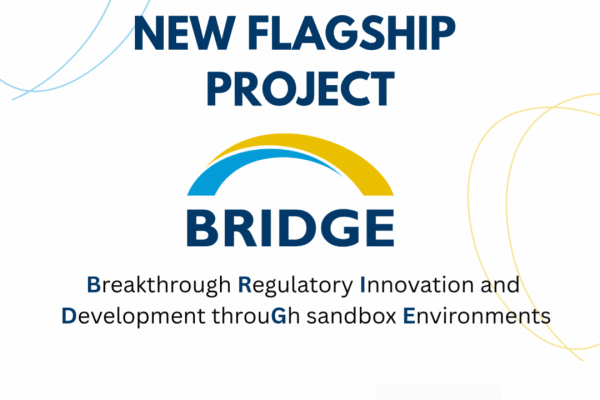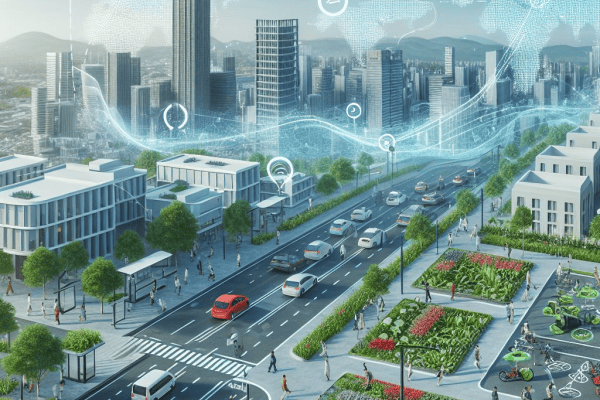Beat the Heat: VITO’s Adaptation Journey
The summer of 2025 was characterised by extreme weather. Not only in Belgium, where we experienced two heatwaves, but all over Europe temperatures soared up to unprecedented heights. Northern Europe experienced their longest heatwave on record, while southern Europe experienced multiple episodes of 40+°C, leading to forest fires and high levels of discomfort, not only for tourists, but in the first place for the local population.
The impact of climate change on our continent becomes ever more clear, with extreme weather becoming ‘the new normality’. As these extreme events will only intensify with increased greenhouse gas emissions, it is clear that in the next decades, adaptation will be one of the key focus points to protect populations, as recognised by the European Commission in the Green Deal.
In this blog post, our Climate Impacts expert Niels Souverijns highlights a new set of tools VITO has developed to contribute to climate adaptation.

Heat, an Increasing Threat
VITO’s Land Use and Climate Impacts experts have made extreme heat one of their key topics of investigation in the past years, providing advice to cities, governments, and the general population regarding extreme heat (adaptation) in several regions around the world.
The cornerstone of the team’s analyses is the UrbClim model. The model provides detailed meteorological and climatological information for urban areas at unprecedented resolutions (up to 10s of meters) at speeds that are 2 orders of magnitude faster compared to other meso-scale climate models.

Schematic representation of the UrbClim climate model, providing detailed meteorological information on cities.
The UrbClim model provides detailed records of climate information at neighbourhood scale, allowing to discriminate vulnerable areas within cities. An example for the city of Johannesburg (South Africa) below showcases how temperatures vary within a city.
The Urban Heat Island effect (high amounts of concrete and a lack of vegetation leading to higher temperatures in cities compared to rural counterparts) leads to temperatures up to 6 °C warmer in certain parts of the city. By overlaying this information with satellite and population information, not only distinct patterns, but also adaptation priority areas can be identified.

Left: Urban Heat Island effect in Johannesburg (South Africa) showcasing how much hotter certain parts of the city are compared to rural counterparts. Right: Vegetation abundance fraction. Areas with low vegetation fractions experience highest Urban Heat Island effects.
VITO acknowledges the importance of this information for accurately heat stress all over the world. Therefore, we recently released a tool, the Urban Climate Simulator, to easily simulate detailed climate information for non-expert users. With a few simple settings, you can request climate information for any city in the world at a resolution of 100 m. We also provide information for a select set of over 100 global cities that anyone can access free of charge.
“Detailed information on adaptation effectiveness is key to tackle heat stress in cities.”
— Niels Souverijns, expert Land Use & Climate Impacts, VITO
Heat Impacts
The consequences of extreme heat exposure are manifold. Cardiovascular and respiratory problems occur more frequently during extreme heat conditions leading to higher numbers of hospitalisations and mortality during heatwaves. The United Nations recently stated that annually close to 500 000 deaths can be attributed to extreme temperatures, with 36 per cent occurring in Europe and 45 per cent in Asia.
Apart from health impacts, people are also tired more quickly, need to rest more, and cannot function as well as compared to normal circumstances. This decreased efficiency has a negative effect on the GDP (Gross Domestic Product), or the economic activity and performance of a country.
For a selected number of cities in India, VITO’s climate team quantified the impacts of (future) extreme temperatures on health and GDP. Towards the future, we expect significant increases for both metrics, both under low- and high-emission scenarios. This again highlights the fact that adaption is important to consider besides efforts to lower our emissions.


Heat-related excess mortality and economic output losses. Present-day and 2 future scenario’s; SSP119 a low-emission & SSP370 a business as usual scenario.
Adaptation, the Way Forward
For policy makers, it is key to not only understand (future) risks of extreme heat, but also to evaluate what actions can be undertaken and which are most efficient. In collaboration with TECNALIA Research & Innovation in Spain, VITO designed an adaptation modelling framework for heat stress exposure. The system quantifies the impact of heat stress adaptation measures in the Basque Region for the Destination Earth programme.
The secret sauce of this tool? An AI algorithm based on information from the Destination Earth Digital Twin and from different satellites, which is trained with data from our high-resolution UrbClim climate model. This neural network can evaluate and visualise thermal heat stress, calculate the effect of different adaptation strategies, such as urban greening, green/white roofs & unsealing, and even emulate future climate, all on the fly.
The tool offers high-resolution assessments of heat stress and simulation of different land use adaptation scenarios to prioritise areas of interventions and showcase the effectiveness of adaptation at different levels. You can access the beta version of this adaptation modelling framework here.
For the city of Prague (Czech Republic), we visualised the effect of these different adaptation measures on mortality during present-day summer conditions. Our simulations show that a high-ambition combination of green & blue infrastructural changes can lower mortality by up to 25%.

Heat stress mortality in Prague in present conditions and climate

Heat stress mortality in Prague when applying a high ambition package of blue and green adaptation measures
To convince policy makers even more, we monetised the impact of several adaptation measures, including a detailed cost-benefit analysis. This showed that most heat stress adaptation measures have a (high) positive return on investment.

Benefit-cost-ratio of different adaptation measures
Stay tuned for more interesting results regarding heat stress adaptation. We have several projects in the pipeline to help governments and populations better protect themselves against the negative consequences of heat stress.












